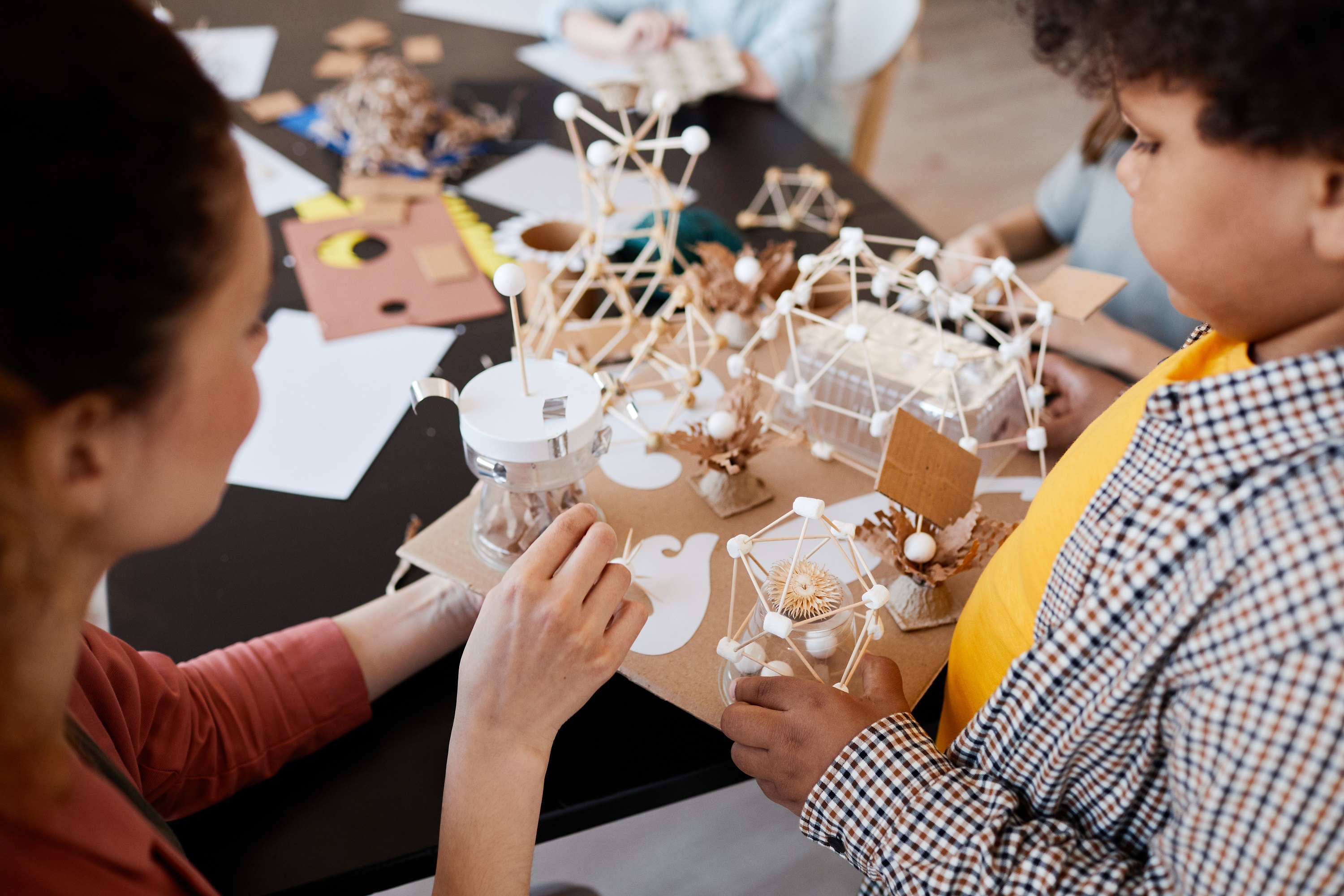STEAM Education: Transformative Hands-On Learning

STEAM Education: Transformative Hands-On Learning
In the realm of education, the integration of STEAM (Science, Technology, Engineering, Arts, and Mathematics) with hands-on learning experiences creates a dynamic and transformative educational environment. This article explores the synergy between STEAM education and hands-on learning, uncovering the myriad benefits it brings to students and the broader educational landscape.
Empowering Learning Through Tangible Experiences
Hands-on learning in STEAM education empowers students by providing tangible, real-world experiences. Instead of merely absorbing theoretical knowledge, students actively engage with concepts through practical applications. Whether building a robot, conducting a chemistry experiment, or creating a work of art, the hands-on approach fosters a deeper understanding of STEAM subjects.
Breaking Down Theoretical Barriers in Science
In the sciences, particularly in physics and biology, hands-on experiments break down theoretical barriers. Students move beyond textbooks and observe scientific principles in action. From dissecting specimens to exploring the laws of motion through interactive experiments, hands-on learning in STEAM brings scientific theories to life, making them more accessible and memorable.
Applying Mathematics in Real-World Scenarios
Incorporating hands-on learning in mathematics allows students to apply abstract concepts in real-world scenarios. Whether using geometric shapes to build structures or solving practical problems through mathematical models, students gain a practical understanding of how mathematics functions beyond the classroom. This approach enhances problem-solving skills and mathematical literacy.
Engineering Design: From Concept to Creation
The ‘E’ in STEAM represents engineering, and hands-on learning is integral to the engineering design process. Students embark on projects that require conceptualization, planning, and execution. Building bridges, constructing simple machines, or developing technological solutions, students learn the iterative nature of engineering, where hands-on experiences drive innovation.
Fostering Creativity Through Artistic Expression
Artistic expression is a fundamental aspect of STEAM education, and hands-on learning in the arts fosters creativity. Whether sculpting, painting, or experimenting with digital media, students engage in a process of self-discovery. Hands-on artistic projects allow students to express complex concepts and emotions, fostering creativity and personal expression.
Technology Integration for Interactive Exploration
The ‘T’ in STEAM emphasizes technology, and hands-on learning leverages technology for interactive exploration. From coding and programming to using digital tools for artistic creation, students become familiar with technology as a tool for creativity and problem-solving. This hands-on approach prepares them for the technological demands of the 21st century.
Collaborative Learning: Building Communication Skills
Hands-on learning in STEAM often involves collaborative projects. Whether working on a group experiment or a collective artistic endeavor, students develop essential communication and teamwork skills. The ability to articulate ideas, share responsibilities, and collectively problem-solve mirrors the collaborative nature of real-world STEAM professions.
Critical Thinking and Problem-Solving Abilities
The hands-on approach in STEAM education cultivates critical thinking and problem-solving abilities. When faced with challenges during hands-on projects, students learn to analyze situations, make informed decisions, and troubleshoot issues. These problem-solving skills are transferable to various aspects of life and are essential for success in STEAM fields.
Real-World Applications Beyond the Classroom
Hands-on learning in STEAM extends beyond the classroom, offering students opportunities for real-world applications. Whether participating in science fairs, engineering competitions, or showcasing artistic creations, students bridge the gap between theory and practice, realizing the relevance of their STEAM education in the broader world.
Linking STEAM Education and Hands-On Learning for Lifelong Impact
The link between STEAM education and hands-on learning creates a powerful educational paradigm with lifelong impact. Students not only gain knowledge but also develop crucial skills such as creativity, critical thinking, and collaboration. This transformative approach ensures that students are not just passive learners but active participants in their educational journey.
Explore more about STEAM education and hands-on learning here.



